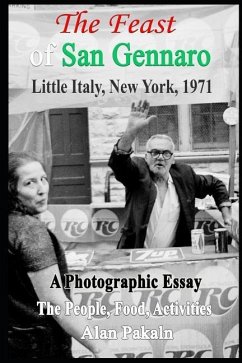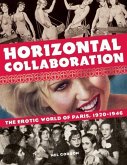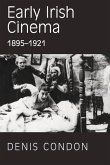In the early 1970's New York City was beginning a slide into disrepair that would peak in the late 1970's. Even as tenants had begun moving into the new World Trade Center complex, several of the boroughs were losing populations, arsonists torched buildings for the insurance, graffiti was everywhere, crime was up, and the city was broke. How this all happened is a story in itself, but one thing was clear: the city was not pretty to look at. In New York City, you could say that 1971 represented a lull between storms: the 1960's social revolutions, and the deterioration of New York City of the late 1970's. What I mostly see when I look at these photographs are the faces of those who made the festival work, faces of a different time, a different era. An era just prior to the Genovese Family, and before Rudy Giuliani interfered, before Mean Streets, and The French Connection. The Mafia was locally known, but not as famous yet, not by movie standards anyway. When I look at these faces I see acceptance, acceptance of a person's place, and of the festival's place in the community, a community that included everyone, even the Family, but not yet Giuliani, and not yet Hollywood. It was an era of its own making, one based on hard work and exhibiting what we might now call innocence (In fact, the only indication I could find as to who actually ran the festival is in one of my photographs, Luigi's Pizzeria & Heros, a sign in the window is signed, "THE COMMITTEE."). It was perhaps 5:30 in the afternoon when I came upon the Feast of San Gennaro in lower Manhattan. I was living nearby at the time and would often wander the streets with my camera, a Nikkormat with Plus-x, black and white film, set at ASA 200.








